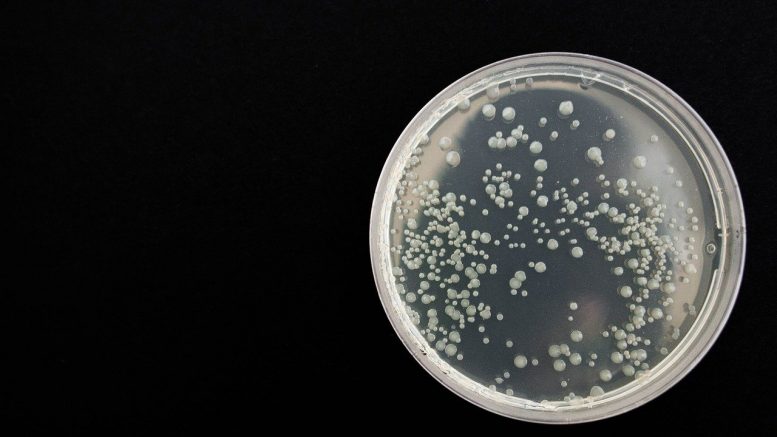On February 3, CDC (Centers for Disease Control and Prevention) reported about starting new investigation, the cause of this step was multistate E. coli outbreak with unknown food source.
An estimated 265,000 STEC (shiga toxin-producing E. coli) infections occur each year in the United States. STEC O157 causes about 36% of these infections, and non-O157 STEC cause the rest. Public health experts rely on estimates rather than actual numbers of infections because not all STEC infections are diagnosed, for several reasons.
Many infected people do not seek medical care; many of those who do seek care do not provide a stool specimen for testing, and many labs do not test for non-O157 STEC. However, this situation is changing as more labs have begun using newer, simpler tests that can help detect non-O157 STEC.
About The Bacteria
Escherichia coli (E. coli) bacteria normally live in the intestines of people and animals. Most E. coli are harmless and actually are an important part of a healthy human intestinal tract. However, some E. coli are pathogenic, meaning they can cause illness, either diarrhea or illness outside of the intestinal tract. The types of E. coli that can cause diarrhea can be transmitted through contaminated water or food, or through contact with animals or persons.
The symptoms of STEC infections vary for each person but often include severe stomach cramps, diarrhea (often bloody), and vomiting. If there is fever, usually it is not very high (less than 101˚F/less than 38.5˚C). Most people get better within 5–7 days. Some infections are very mild, but others are severe or even life-threatening.
Some people may develop a type of kidney failure (hemolytic uremic syndrome, also called HUS) and would need to be hospitalized. Antibiotics are not recommended for patients with suspected coli infections until diagnostic testing can be performed and E. coli infection is ruled out.
E. coli Outbreak Investigation
The Key points of investigation includes the CDC, state and federal public health and regulatory officials work to identify the food source of a newly identified multistate outbreak of coli O157:H7 infections. Have been reported about 16 illnesses from 5 states: Arkansas (6), New York (1), Oklahoma (5), Virginia (2), and Washington (2). Many of the illnesses have been severe. Among 12 people with information available, 9 have been hospitalized. Three people developed kidney failure. One death has been reported from Washington.
The strain causing this outbreak has previously caused other illnesses linked to a variety of contaminated foods and water, including romaine lettuce and recreational water. Public health officials are interviewing sick people to find out what they ate the week before their illness started. The CDC promised to provide updates when more information is available.
“STEC infections are usually diagnosed through laboratory testing of stool specimens (feces). Identifying the specific strain of STEC is essential for public health purposes, such as finding outbreaks. Many labs can determine if STEC are present, and most can identify E. coli O157.
Labs that test for the presence of Shiga toxins in stool can detect non-O157 STEC infections. However, for the O group (serogroup) and other characteristics of non-O157 STEC to be identified, Shiga toxin-positive specimens must be sent to a state public health laboratory. Contact your healthcare provider if you have diarrhea that lasts for more than 3 days, or it is accompanied by high fever, blood in the stool, or so much vomiting that you cannot keep liquids down, and you pass very little urine,” – CDC warns.





Be the first to comment on "CDC Investigating E. coli Outbreak"